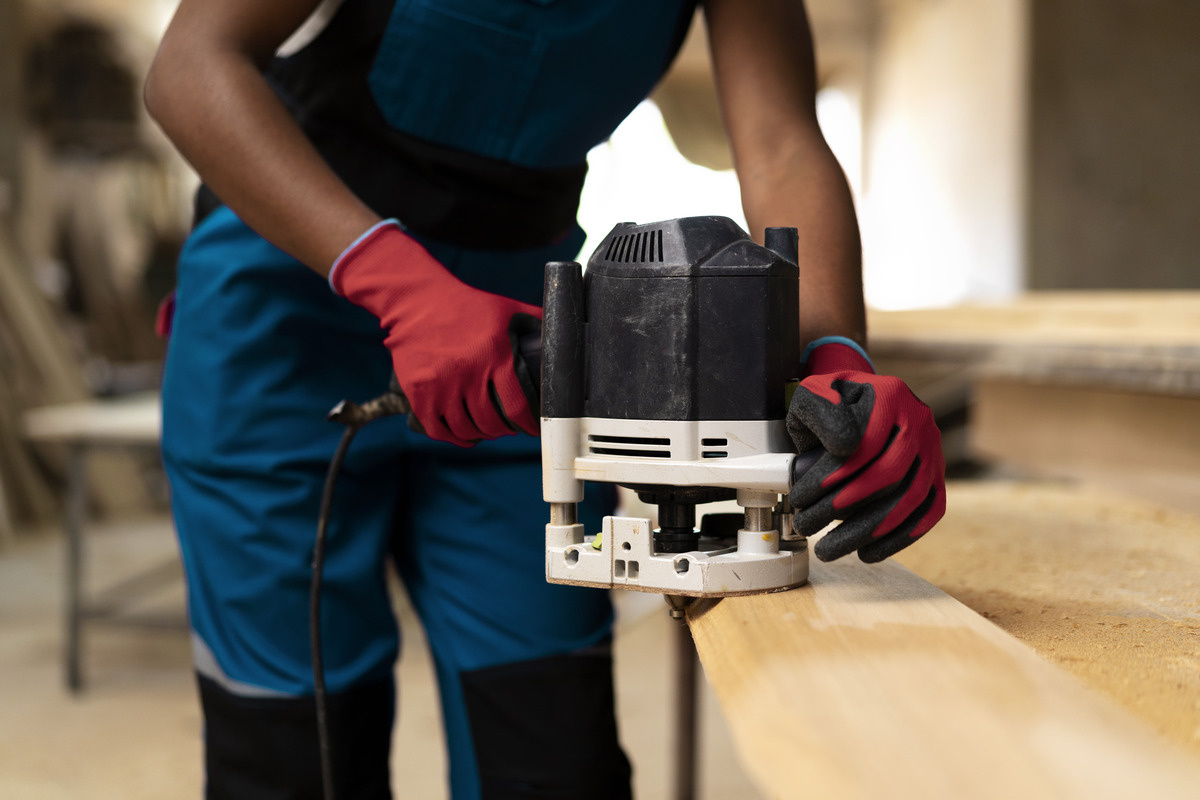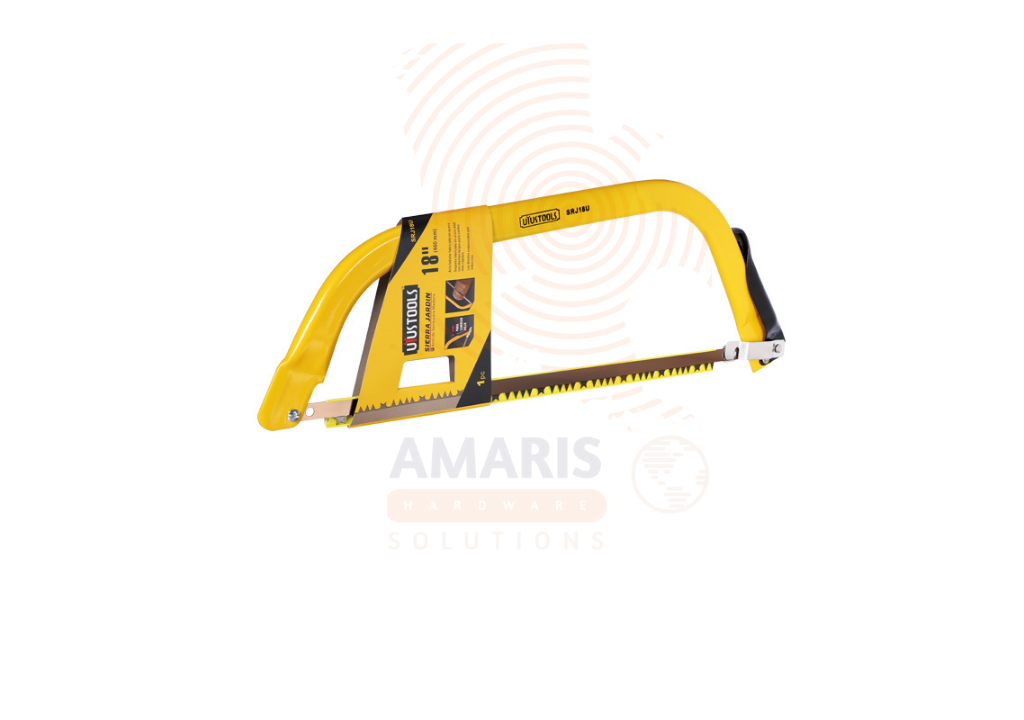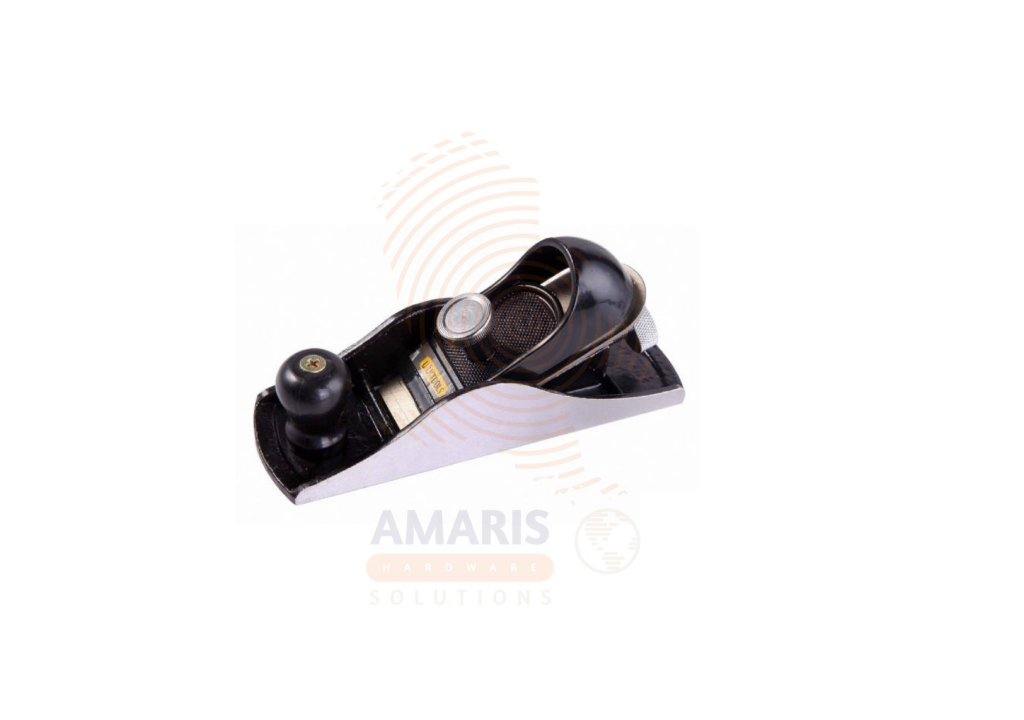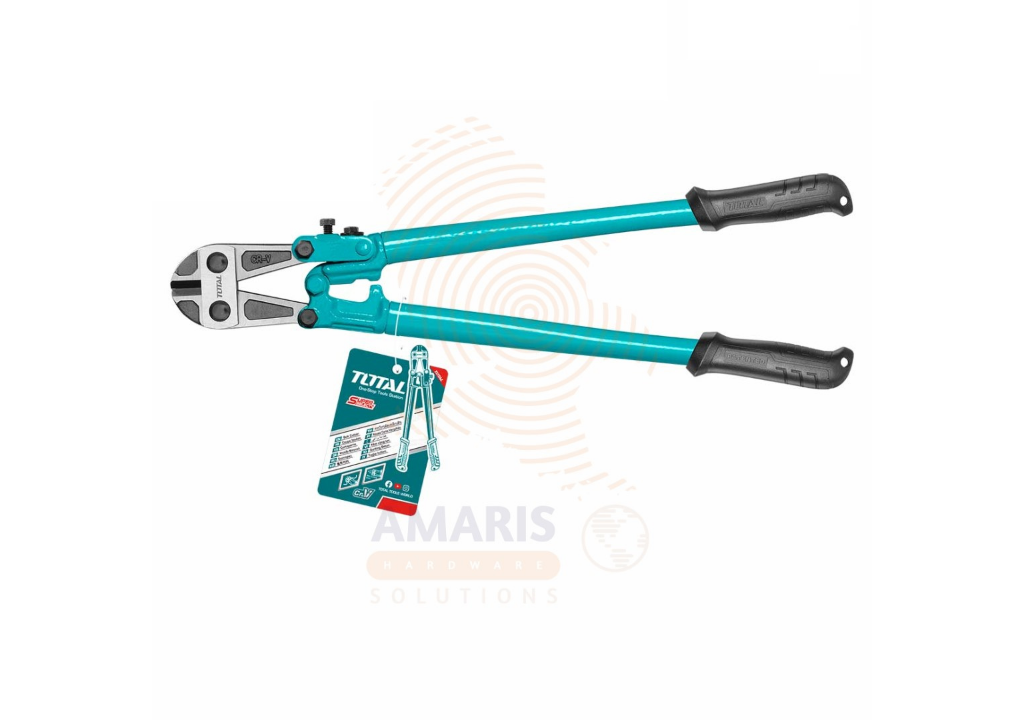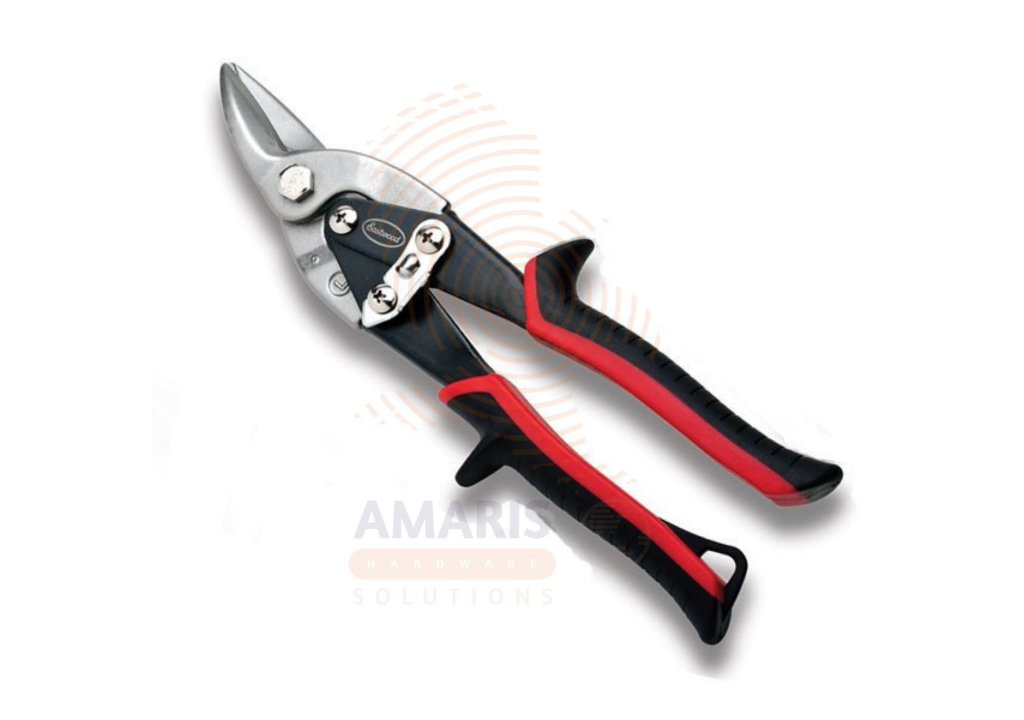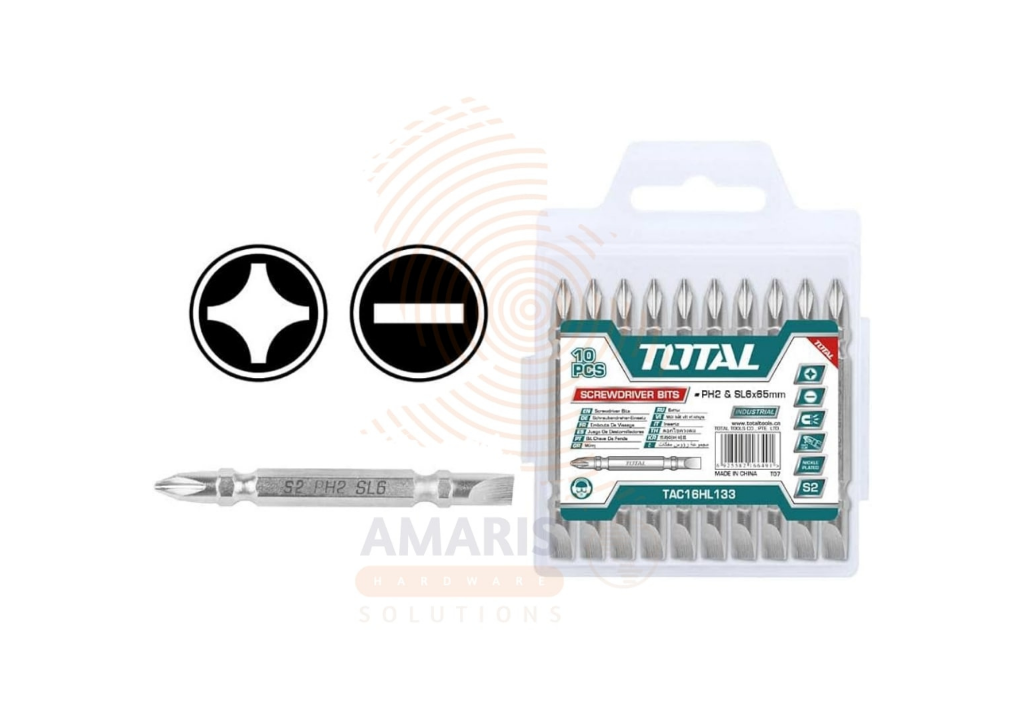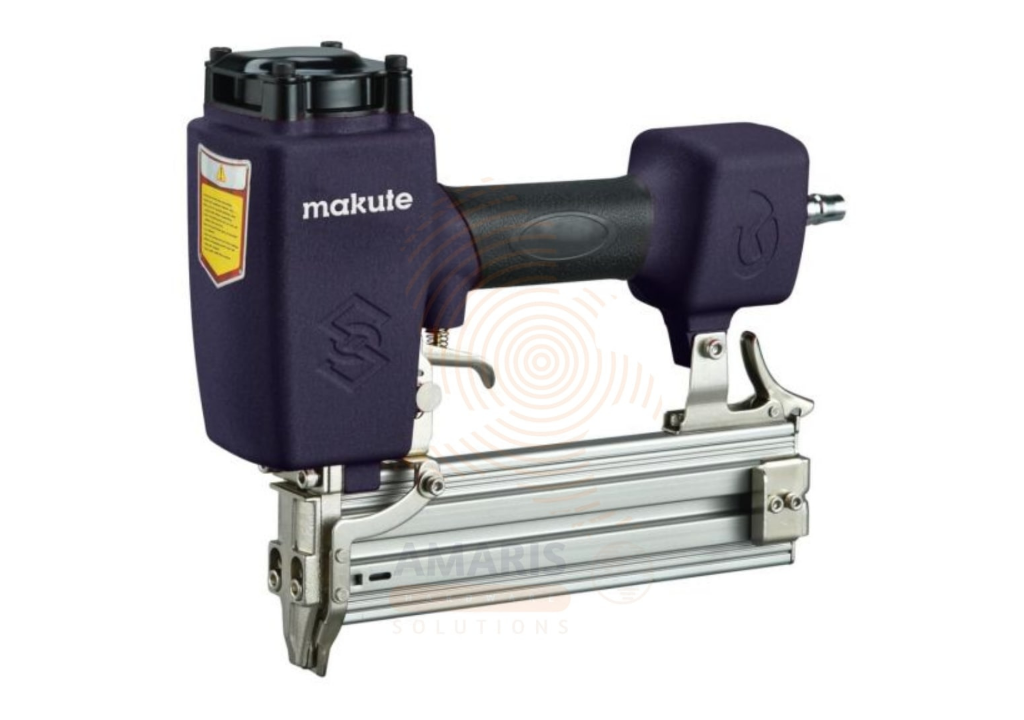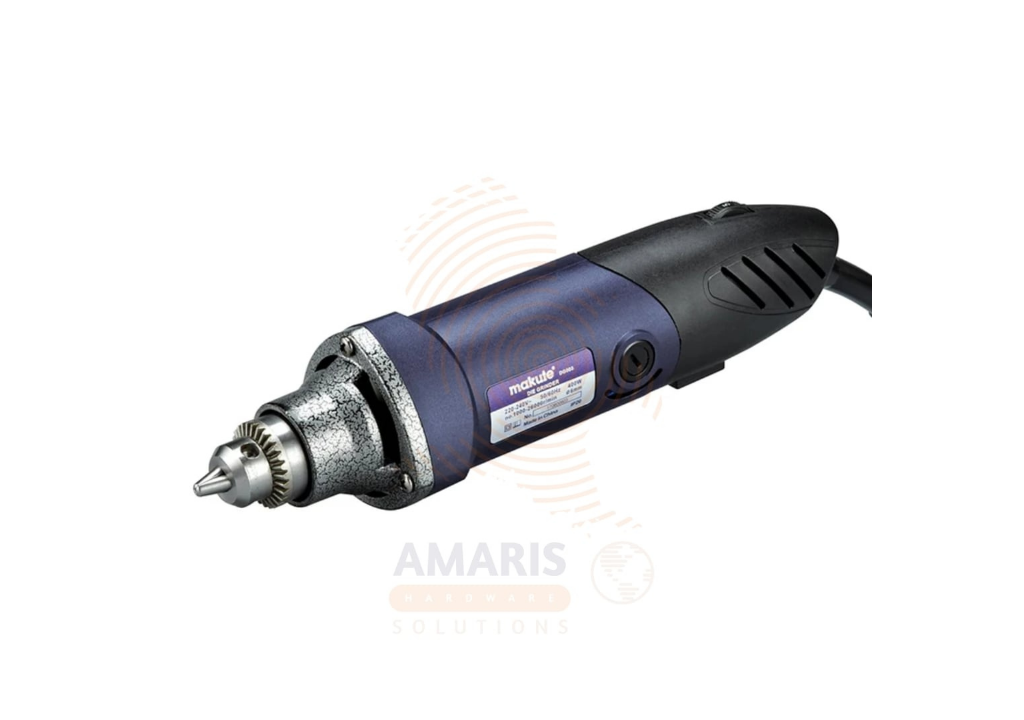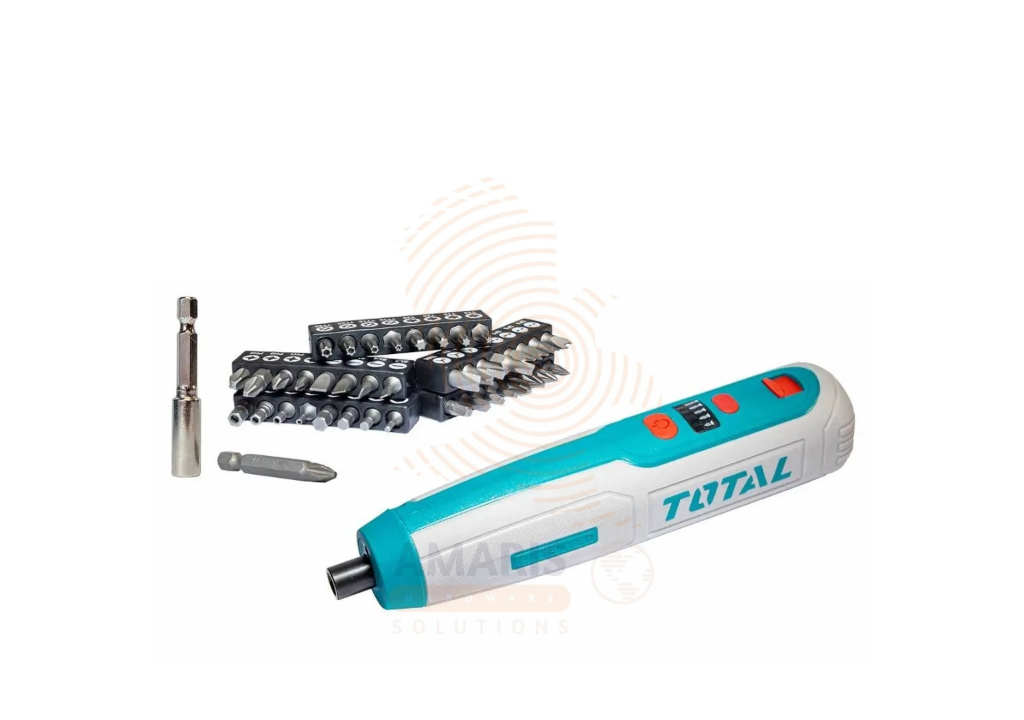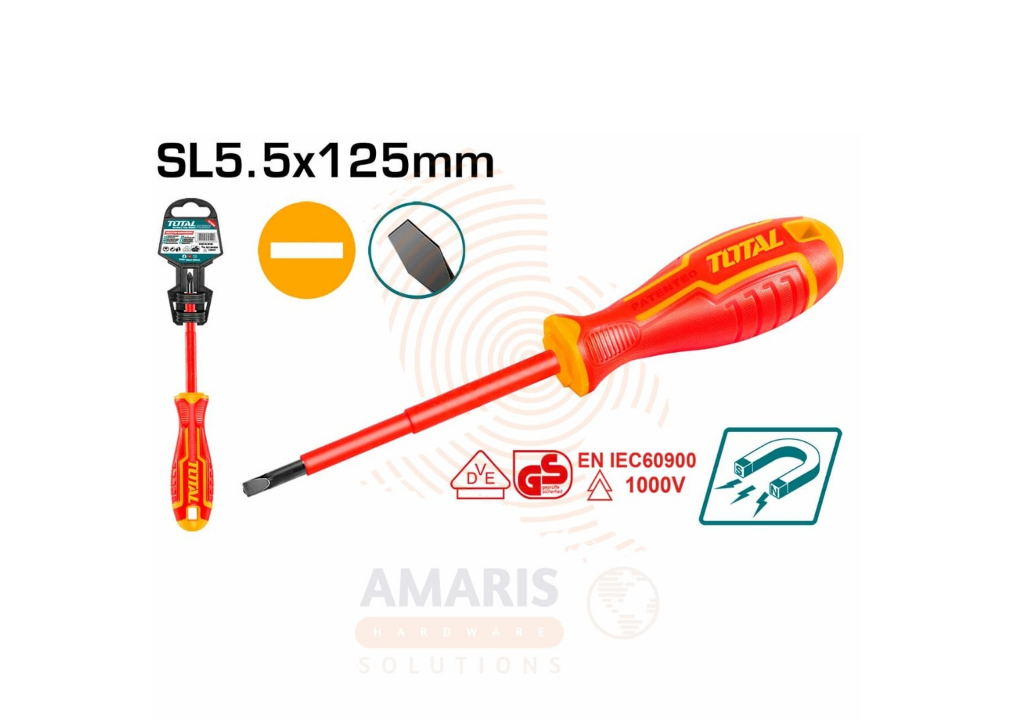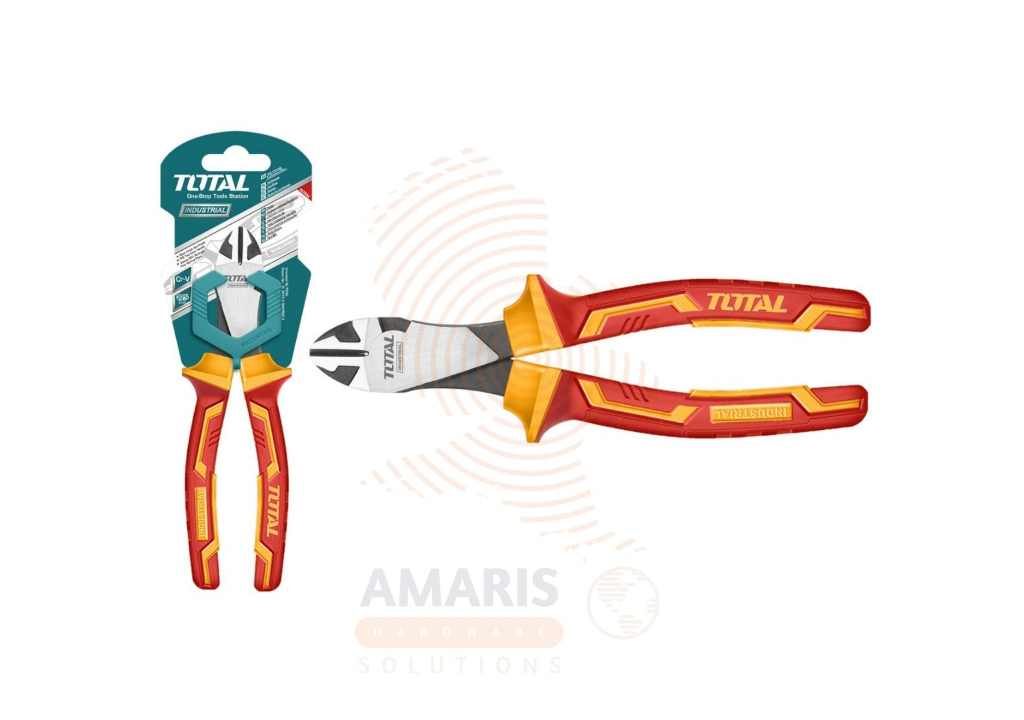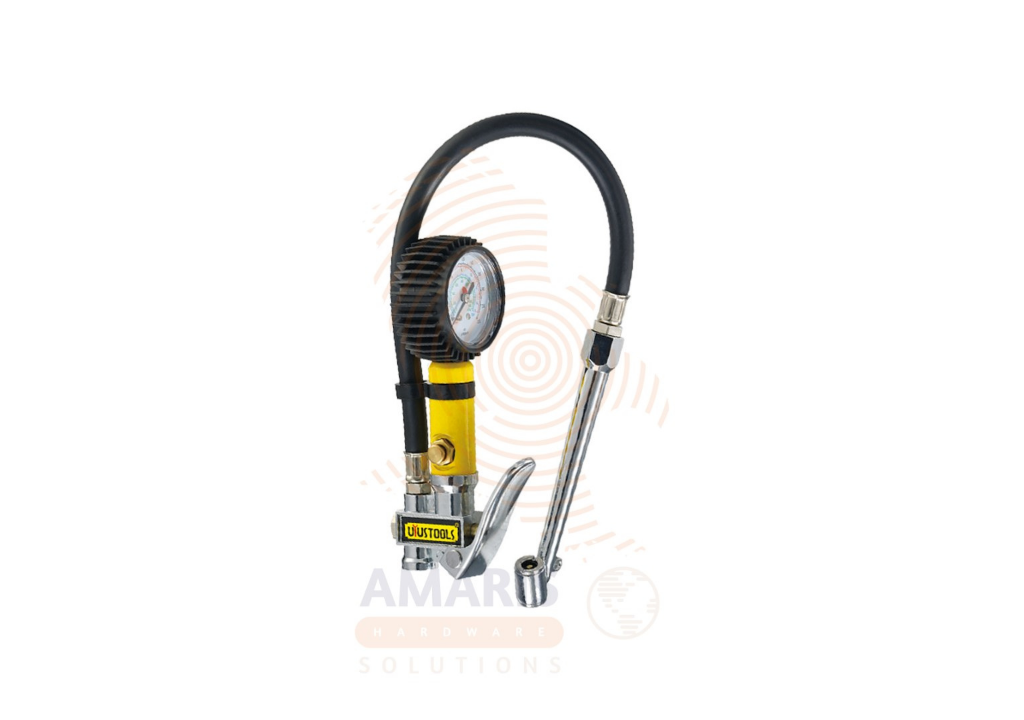“Smooth Operator: The Bench Plane for Perfect Finishes” 🪵✨🔧
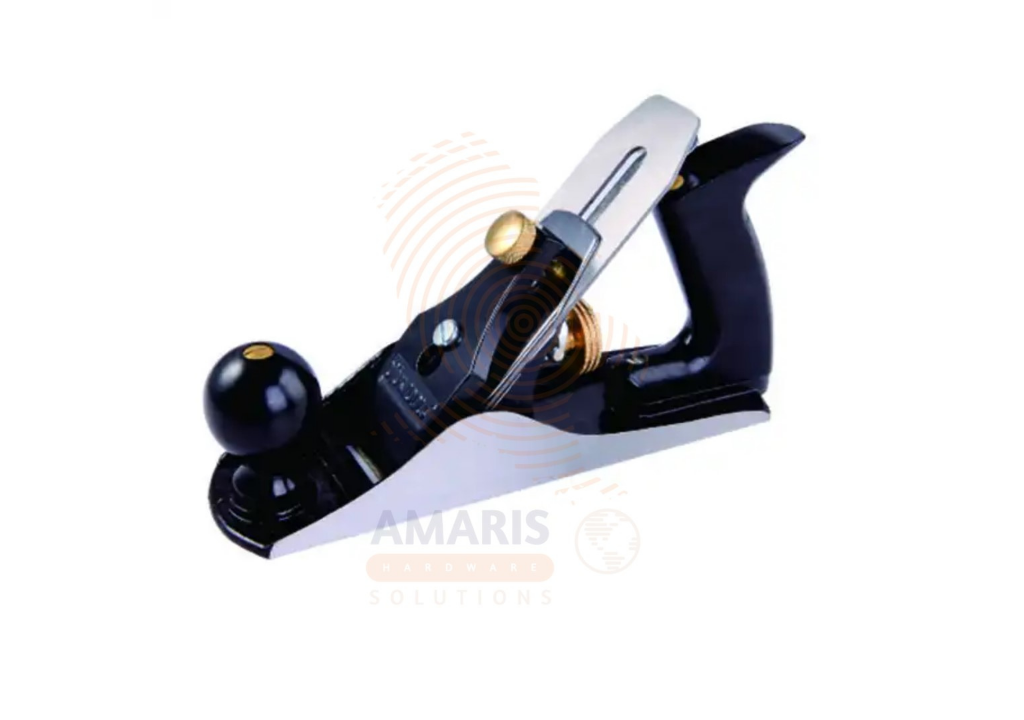
In the world of woodworking, few tools are as timeless and satisfying to use as the bench plane. Whether you’re crafting a new piece of furniture, restoring an antique, or simply refining a surface, the bench plane is your ticket to a buttery-smooth finish that no power sander can quite match.
It’s a tool that demands patience and skill—but rewards you with unmatched precision. For woodworkers at any level, the bench plane is a must-have companion.
What Exactly is a Bench Plane? 🛠️
A bench plane is a hand tool used to shave thin layers from wood surfaces, creating smooth, flat finishes or adjusting the thickness of a piece. Its design is simple yet effective:
- A Sharp Blade (Iron) – Positioned at an angle to slice wood fibers cleanly.
- A Sole (Flat Base) – Ensures consistent contact with the workpiece.
- A Comfortable Handle – Gives you control and leverage.
From small block planes for detail work to large jointer planes for straightening edges, there’s a bench plane for every woodworking need.
Main Uses of a Bench Plane 📏
Bench planes excel at:
- Smoothing – Removing tool marks, saw ridges, or uneven surfaces.
- Flattening – Correcting warped boards or uneven panels.
- Thickness Adjustment – Trimming wood to the perfect size.
- Jointing – Creating straight, true edges for gluing boards together.
- Chamfering – Adding neat angled edges to your work.
Why Choose a Bench Plane Over Power Tools? ⚡
While electric planers and sanders are faster, they often lack the finesse of a well-tuned bench plane. Here’s why many woodworkers still reach for one:
- Quiet Operation – No motors, no noise—just the satisfying swish of steel on wood.
- Greater Control – You dictate the cut depth, pressure, and pace.
- No Dust Clouds – Shavings are cleaner and safer to manage than fine dust.
- Preserves Character – Maintains the wood’s natural beauty without over-grinding.
Pro Tips for Using a Bench Plane 💡
- Sharpness is Key – A dull blade will tear fibers instead of slicing them.
- Adjust for Fine Cuts – Small adjustments make a big difference.
- Work With the Grain – Planing against the grain can cause tear-out.
- Keep the Sole Smooth – Waxing the base reduces friction for easier strokes.
- Consistent Pressure – Apply slightly more pressure at the start, then ease off at the end of each pass.
Maintaining Your Bench Plane 🧴
- Blade Care – Sharpen regularly using a whetstone or honing guide.
- Rust Prevention – Store in a dry place and lightly oil the blade.
- Clean After Use – Wipe down to remove resin and shavings.
- Adjustments – Check and fine-tune blade alignment before each project.
Bench Plane Varieties 🔍
At Amaris Hardware Solutions, we’ve seen woodworkers use different planes for specific tasks:
- Jack Plane – All-purpose, great for general smoothing and trimming.
- Smoothing Plane – Gives that final silky surface before finishing.
- Jointer Plane – Long and ideal for truing edges and flattening large boards.
- Block Plane – Compact and perfect for smaller detail work.
Each has its own specialty, but the classic bench plane remains a universal workhorse.
Why Every Workshop Needs One 🧰
A bench plane isn’t just a tool—it’s a connection to the craft of woodworking at its purest. Using one slows you down just enough to focus on each stroke, each shaving, and each subtle improvement in the wood’s surface.
Whether you’re a seasoned carpenter or a weekend DIYer, mastering a bench plane can elevate your projects from “good” to “exceptional.” And when paired with quality sharpening tools and proper technique, it can last for decades, becoming one of those heirloom tools you pass down.
At Amaris Hardware Solutions, we believe the bench plane is one of those rare tools that blends tradition, skill, and beauty in every use. Once you experience the satisfaction of a perfectly planed surface, you’ll understand why this tool hasn’t gone out of style for centuries.


 Acrylic Sealants
Acrylic Sealants Construction Adhesives
Construction Adhesives Double-Sided Tape
Double-Sided Tape Duct Tape
Duct Tape Electrical Tape
Electrical Tape Epoxy & Resins
Epoxy & Resins Masking Tape
Masking Tape
 Automotive Wrenches & Socket Sets
Automotive Wrenches & Socket Sets Battery Chargers & Jump Starters
Battery Chargers & Jump Starters Car Jacks & Stands
Car Jacks & Stands Car Wash & Detailing Products
Car Wash & Detailing Products Diagnostic Tools
Diagnostic Tools Tire Inflators
Tire Inflators Vehicle Lighting
Vehicle Lighting Oil & Lubricants
Oil & Lubricants
 Adhesives & Sealants
Adhesives & Sealants Bricks & Blocks
Bricks & Blocks Cement & Concrete
Cement & Concrete Drywall & Plaster
Drywall & Plaster Flooring (Tiles, Wood, Laminate)
Flooring (Tiles, Wood, Laminate) Lumber & Plywood
Lumber & Plywood Paints, Primers & Coatings
Paints, Primers & Coatings Insulation Materials
Insulation Materials Roofing Materials
Roofing Materials
 Circuit Breakers
Circuit Breakers Electrical Cables & Wires
Electrical Cables & Wires Switches & Sockets
Switches & Sockets Fuses & Relays
Fuses & Relays Connectors & Terminals
Connectors & Terminals Electrical Boxes & Panels
Electrical Boxes & Panels Conduit & Fittings
Conduit & Fittings Lighting Fixtures & Bulbs
Lighting Fixtures & Bulbs Extension Cords & Power Strips
Extension Cords & Power Strips
 Anchors
Anchors Bolts
Bolts Clips & Clamps
Clips & Clamps Screws
Screws Nuts
Nuts Washers
Washers Rivets
Rivets Nails
Nails Threaded Rods
Threaded Rods
 Hammers
Hammers Measuring Tools (Tapes, Levels, Calipers)
Measuring Tools (Tapes, Levels, Calipers) Screwdrivers
Screwdrivers Pliers & Cutters
Pliers & Cutters Saws & Blades
Saws & Blades Chisels & Punches
Chisels & Punches Allen Keys & Hex Keys
Allen Keys & Hex Keys Ratchets & Socket Sets
Ratchets & Socket Sets Wrenches & Spanners
Wrenches & Spanners
 Power Tool Accessories (Blades, Bits, Discs)
Power Tool Accessories (Blades, Bits, Discs) Rotary Tools
Rotary Tools Saws (Circular, Jigsaw, Reciprocating)
Saws (Circular, Jigsaw, Reciprocating) Drills & Drivers
Drills & Drivers Grinders & Sanders
Grinders & Sanders Heat Guns
Heat Guns Nail Guns
Nail Guns Impact Wrenches
Impact Wrenches Batteries & Chargers
Batteries & Chargers
 Pipes & Fittings (PVC, Copper, PEX)
Pipes & Fittings (PVC, Copper, PEX) Plumbing Tools
Plumbing Tools Pumps & Motors
Pumps & Motors Sealants & Adhesives for Plumbing
Sealants & Adhesives for Plumbing Valves & Taps
Valves & Taps Water Heaters
Water Heaters Drainage Systems
Drainage Systems Faucets & Fixtures
Faucets & Fixtures Hoses & Tubing
Hoses & Tubing
 Hinges & Latches
Hinges & Latches Hooks & Brackets
Hooks & Brackets Window Hardware
Window Hardware Chains & Cables
Chains & Cables Casters & Wheels
Casters & Wheels Shelving & Storage Systems
Shelving & Storage Systems Door Handles & Locks
Door Handles & Locks Drawer Slides & Cabinet Hardware
Drawer Slides & Cabinet Hardware
 Personal Protective Equipment (PPE)
Personal Protective Equipment (PPE) Respirators & Masks
Respirators & Masks Safety Glasses
Safety Glasses Safes
Safes Security Cameras
Security Cameras Gloves
Gloves Helmets
Helmets Ear Protection
Ear Protection Fire Safety Equipment
Fire Safety Equipment Locks & Padlocks
Locks & Padlocks Motion Sensors & Alarms
Motion Sensors & Alarms
 Garden Fencing
Garden Fencing Garden Furniture Hardware
Garden Furniture Hardware Lawn Mowers
Lawn Mowers Trimmers & Edgers
Trimmers & Edgers Shovels & Spades
Shovels & Spades Rakes & Hoes
Rakes & Hoes Pruning Shears & Loppers
Pruning Shears & Loppers Watering Systems (Hoses, Sprinklers, Nozzles)
Watering Systems (Hoses, Sprinklers, Nozzles)
 Interior Paints
Interior Paints Paint Brushes & Rollers
Paint Brushes & Rollers Paint Strippers & Thinners
Paint Strippers & Thinners Paint Trays & Accessories
Paint Trays & Accessories Exterior Paints
Exterior Paints Spray Paints
Spray Paints Primers & Undercoats
Primers & Undercoats Varnishes & Stains
Varnishes & Stains
 Gaskets & Seals
Gaskets & Seals Hydraulic Fittings
Hydraulic Fittings Industrial Fasteners
Industrial Fasteners Industrial Hoses
Industrial Hoses Lubricants & Greases
Lubricants & Greases Metal Sheets & Bars
Metal Sheets & Bars Bearings & Bushings
Bearings & Bushings Belts & Pulleys
Belts & Pulleys
 HVAC Filters
HVAC Filters Insulation for HVAC
Insulation for HVAC Air Conditioners
Air Conditioners Refrigerants
Refrigerants Ventilation Ducts & Fittings
Ventilation Ducts & Fittings Thermostats & Controllers
Thermostats & Controllers Fans & Blowers
Fans & Blowers
 Pegboards & Hooks
Pegboards & Hooks Shelving Units
Shelving Units Storage Bins & Containers
Storage Bins & Containers Toolboxes & Tool Chests
Toolboxes & Tool Chests Workbenches
Workbenches Drawer Organizers
Drawer Organizers Labeling Supplies
Labeling Supplies
 Welding Accessories (Clamps, Brushes)
Welding Accessories (Clamps, Brushes) Welding Electrodes & Rods
Welding Electrodes & Rods Welding Helmets & Gloves
Welding Helmets & Gloves Welding Machines
Welding Machines Soldering Irons & Stations
Soldering Irons & Stations Flux & Solder Wire
Flux & Solder Wire
 Generator Accessories
Generator Accessories Inverters
Inverters Portable Generators
Portable Generators Power Inverters
Power Inverters Transfer Switches
Transfer Switches Diesel & Gasoline Generators
Diesel & Gasoline Generators
 Transport Equipment: Carts, Dollies, and Hand Trucks
Transport Equipment: Carts, Dollies, and Hand Trucks Storage Solutions: Pallets, Racks, and Containers
Storage Solutions: Pallets, Racks, and Containers Lifting Equipment: Hoists, Cranes, and Jacks
Lifting Equipment: Hoists, Cranes, and Jacks Conveyors and Accessories: Belts and Rollers
Conveyors and Accessories: Belts and Rollers